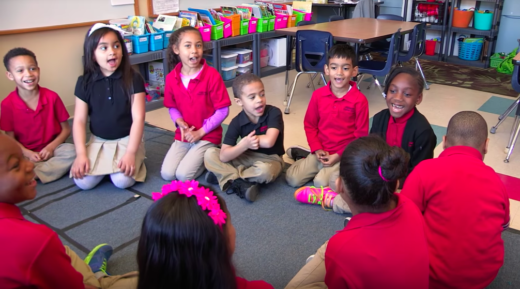Over the past several decades public education has shifted to focus on literacy and math learning, largely due to high stakes tests measuring those two elements of school. But educators have long known that while reading, writing and math are important to academic success, they are far from the only qualities students need to go forth and lead productive lives.
In recent years, the pendulum of education trends have swung back to emphasize the importance of relationships to learning. Schools are using social and emotional learning curricula to help students develop interpersonal skills and learn ways to solve problems peacefully. But there's still debate around which social and emotional skills are the most important to teach -- such as empathy, executive functioning or persistence -- and some educators feel unprepared to take on a role that seems more like parenting.
In a video series called "Schools That Work," Edutopia offers some examples of social and emotional learning routines that successful schools use. At Highlander Charter School in Rhode Island, elementary school students talk about the importance of morning meeting to their day.
"It puts me in a focused and good mood," said Monica, a third grader at the school. Every morning during the 15-minute meeting, students greet each other, have sharing time, do a quick movement activity and review the schedule for the day. Educators say this routine is an invaluable way to help students transition from home to school; it helps build a community where students feel cared for, known and ready to learn.
"I like it when people share because we get to know them a little better," said first grader Dianelys. Educators at this school said carving out this time every day creates a culture in which students respect each other and their teacher.


